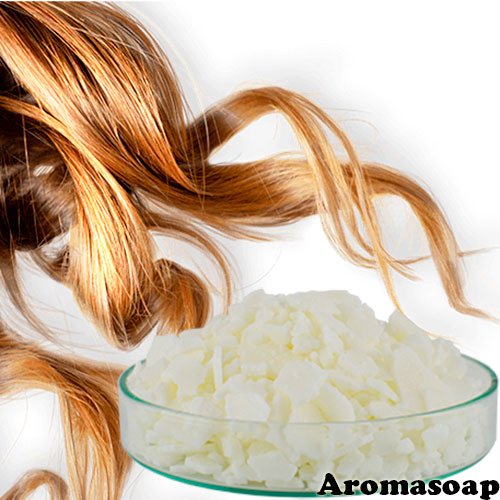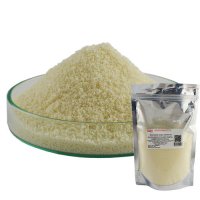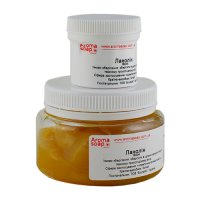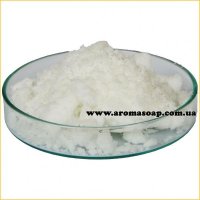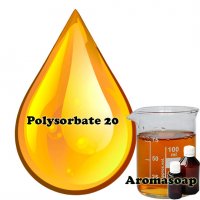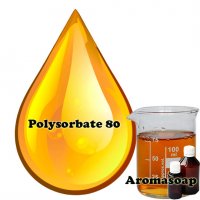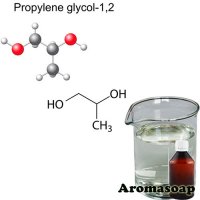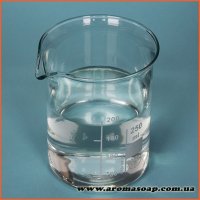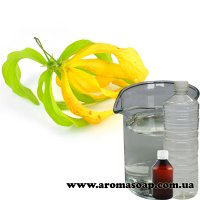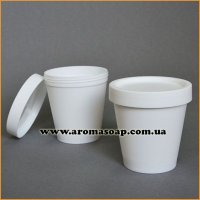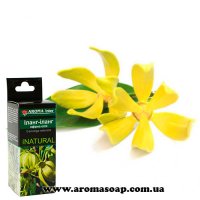Base for conditioner with cetrimonium chloride ERCAQUAT HRC
Cetearyl alcohol - there are different ratios 50/50, 30/70 - a mixture of cetyl and stearyl alcohols. Used in cosmetics as an emollient and structure-forming component. Natural origin, produced from coconut oil, used in cosmetics as a solvent, emulsifier, thickener, structural basis for other ingredients.
Cetrimonium chloride is a quaternary ammonium salt. Used in the development of hair conditioners, dyes, other hair care products, as well as in the development of some skin care products.
Functions:
- antistatic, reducing static electricity by neutralizing the electrical charge on the surface ;
- a preservative, primarily suppresses the development of microorganisms in cosmetics. This preservative is on the list of approved preservatives (Annex VI of the Cosmetics Directive);
- an antimicrobial agent, helps cleanse the skin and prevent odor by destroying and inhibiting the growth of microorganisms;
- an emulsifying agent, helps to mix water with oil and dirt, so that they can be washed off;
- surfactant, reduces the surface tension of cosmetics and thereby facilitates its uniform application.
In its pure form, cetrimonium chloride is a very strong irritant for the skin, mucous membranes, but, after evaluating the scientific evidence, The CIR Expert Panel concluded that the substance is safe for use in leave-on products and safe for use at concentrations up to 0.25% in leave-on cosmetic products.
Not a carcinogen.< br /> In accordance with the European Union Cosmetics Directive, cetrimonium chloride can be used as a preservative at a maximum concentration of 0.1%.
Ethylhexyl stearate is a substance that acts as a reagent in modern cosmetics. for skin, designed to soften the skin and improve its appearance. As a typical emollient - a substance that is added to creams and lotions to create an instant velvety and smooth effect, ethylhexyl stearate is included in the fatty phase of many cosmetics and has excellent emollient properties.
Without penetrating deep into the skin, this substance does not have any effect on living cells and creates a purely cosmetic effect, without actively interfering with physiology, temporarily improving the appearance of the skin. Meanwhile, it reliably protects the skin from mechanical damage and moisture loss, ensures adhesion of horny scales on its surface; helps strengthen the barrier functions of the epidermis and restore lipid balance, thereby reducing transepidermal water evaporation.
The popularity of ethylhexyl stearate in cosmetics is due to the fact that, being a traditional emollient, it significantly improves the consumer quality of cosmetic products, determining its beautiful appearance , absorption, ease of distribution over the skin, and after application to the skin, giving it an extraordinary feeling of softness, smoothness and silkiness.
Ethylhexyl stearate is especially good in products for especially sensitive skin, moisturizing emulsions for the face and body, softening anti-aging creams etc.
However, one cannot fail to mention the danger that ethylhexyl stearate may pose. First, depending on the concentration, it has limitations in use. Secondly, in rare cases it can cause clogging of pores, thereby provoking the appearance of acne.
I somehow liked this substance according to this description, I’ll probably order it separately again)
Ceteareth- 20 - surfactant. Capable of destroying particles of fat or dirt, facilitating their easy removal from the surface of the skin or hair. Reduces surface tension of liquid, improves wetting of skin and hair. Purpose of the product Ceteares-20 (Ceteareth-20): Emulsifier, stabilizer. Contraindications: Individual intolerance.
Ceteares-20 (Ceteareth-20) is an emulsifier - a substance that keeps water and oils in a mixed (emulsion) state (the number 20 reflects the chemical structure of the molecule). Non-toxic, does not cause allergies.
Chemical character of Ceteares-20 (Ceteareth-20): anionic.
Ceteares-20 (Ceteareth-20) combines well with anionic and cationic surfactants. In the cream, Ceteares-20 (Ceteareth-20) gives structure, light consistency and a silky feel when applied..
Additional characteristics:
Base (Base) for conditioner with cetrimonium chloride ERCAQUAT HRC
No. Parameters Value Method
tests Units of measurement Result
1. Freezing point 62-68 ERCA_25 °C 63.0
2. pH of 5% solution 4-6 ERCA_27 - ??4.58
3. Water, behind Karl-Fischer Mach 3 ERCA_39% 2.18
Recommendations for introducing the Base (Base) for conditioner with cetrimonium chloride ERCAQUAT HRC into the recipe: in the aqueous phase from 3% to 10%, if the percentage of input is small enough, it is advisable to add a co-emulsifier (up to 3%) to make the structure of the product more dense .
Recipe No. 1
VF
Water – up to 100%
Base – 10%
Cetyl stearyl alcohol 50/50 – 4%
JF
Isopropyl palmitate – 5%
Cocoa butter raf. – 2%
Coconut oil is not raf. – 3%
Raspberry ketone – 0.5%
Act.F
Wheat protein hydrolyzate – 5%
D-panthenol – 3%
Avocado GMR – 3%
Vitamin E – 0.5%
Preservative
Mix the base, cetyl stearyl alcohol and water and heat it, stirring well until the base is completely dissolved. After obtaining a white solution, stop heating and introduce the Fatty phase, starting emulsification. We get a fairly thick-looking cream with a light structure. When the mixture has cooled, add the Akt.F ingredients and mix everything well. We get a white creamy conditioner. The air conditioner is ready to use.
Recipe No. 2
Conditioner for hair that is difficult to style
VF
Water – up to 100%
Base - 7%
Cetyl stearyl alcohol 50/50 – 3%
JF
Jojoba oil - 4%
Castor oil - 3%
Macadamia oil - 3%
Raspberry ketone – 0.5%
Act.F
Wheat protein hydrolyzate – 2%
Keratin – 3%
WMP of wheat germ – 3%
Preservative
We repeat everything as in the first recipe.

